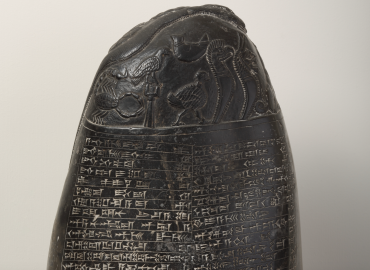André Michaux: botanist in the East

Between 1928 and 1950, Swiss archaeologist Paul Collart visited most of the archaeological sites in the Mediterranean region, which he recorded in a collection of photographs of a rare complexity and quality. He then led the first Swiss archaeological mission abroad, between 1954 and 1956, on the Palmyra site.

Paul Collart was born into a family of renowned architects in Geneva, in 1902. Interested in history and archaeology, he studied at the Faculty of Literature at the University of Geneva and was then admitted as a foreign member of the French School of Athens.
In the 1930s, Collart excavated the site of Philippi, in Macedonia, and then Baalbek, in Lebanon. In 1953, Unesco entrusted him with producing an inventory of cultural property in Syria and Lebanon. Then, from 1954 to 1956, he organised the first major Swiss archaeological excavation abroad, in Palmyra. Among the sites he studied was the temple of Baalshamin.
In addition to his activities in the East, Collart was an active member of the Swiss and international scientific communities: he led research into Roman Switzerland, taught history, ancient history and archaeology at the universities of Geneva and Lausanne in the 1950s, and was then made the director of the Swiss Institute of Rome where he remained until 1971.
His professional mandates and passion for Antiquity led Paul Collart to visit most archaeological sites in the Mediterranean region between 1928 and 1950. He travelled to Greece, Turkey, Lebanon, Syria, Egypt, Tunisia, Morocco, Italy, the Balkans, and Bulgaria.
Collart took a camera and tripod with him on each journey.
His photographs are extremely valuable in several ways. As archaeological documents they are often a unique record of the state of the sites in the first half of the 20th century and how they compare today. As ecological records, they offer a glimpse of the environment of these archaeological sites and how the landscape has changed over half a century. Lastly, as ethnographic documents, they shed light on travel conditions in southern Europe and the Near East in the 1930s and 1940s.
On the death of Paul Collart in 1981, this photographic collection was entrusted to the University of Lausanne and then the Institute of Archaeology and Ancient History. It has now been digitised and put to use in various projects, including the Tirésias database produced by Patrick Michel in 2005-2006.